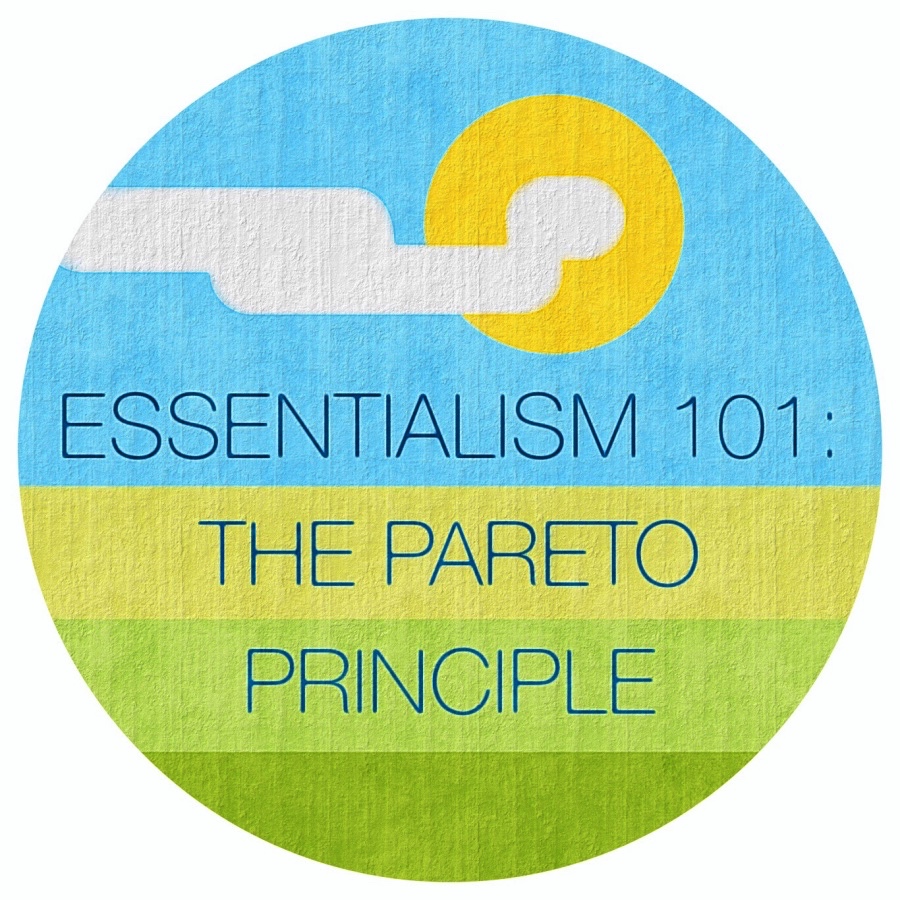 Have you heard of the Pareto Principle?
Have you heard of the Pareto Principle?
It’s a theory that states 20% of our efforts produce 80% of our results.
I was recently reminded of the Pareto Principle, which led me to thinking about how I could identify and remove low-performing efforts to make way for high-performing efforts.
In other words …
- What 20% of my efforts account for 80% of the results?
- What 80% of my efforts account for 20% of my results?
In contemplating these questions, I wondered how to most accurately answer them. Which led to another question — do I even need to be this specific?
Maybe a better way to look at this is …
- What is my highest performing effort (most essential) and what is my lowest (least essential)?
- And if I let go of the least essential, and replace it with more of the most essential, how much additional impact does that make?
This line of questioning felt more manageable, so I began analyzing.
The first step for our team was to examine which client-attainment efforts were most successful, and which were least. This might be a good place for you to start, too, but it doesn’t have to be. It really comes down to what part of your business (or your life) you want to examine and improve upon. Is it your product production process? Workflow improvement? Quality control? Hiring, training, or some other item that you’d like to make a positive impact on?
At the end of the day, the Pareto Principle is an excellent guideline to eliminating the nonessential, and embracing the essential.
Want more tips and insights from Cuppa SEO?
